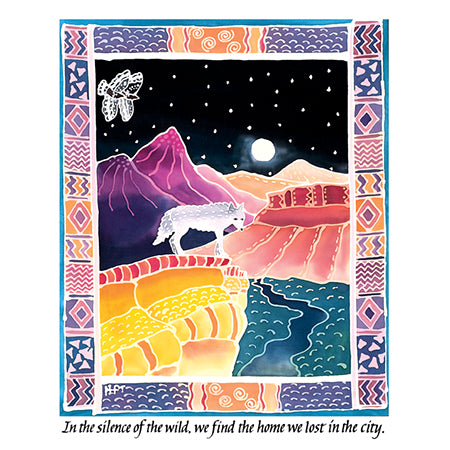News
-
Nourishing Waters, Comforting SkyThirty-Five Years at a Sandhills Oasisby Stephen R Jones The Beak of the Finch by Jonathan Weiner https://www.amazon.com/Beak-Finch-Story-Evolution-Time/dp/067973337X The Abstract Wild by Jack Turner https://www.goodreads.com/book/show/285741.The_Abstract_Wild The Blue Machine by Helen Czerski https://www.newscientist.com/article/mg25834410-300-blue-machine-review-earths-ocean-as-a-giant-engine/ https://www.amazon.com/Blue-Machine/dp/1911709100 Turning to StoneDiscovering the Subtle Wisdom...
-
Eager: The Surprising, Secret Life of Beavers and Why They Matter , by Ben Goldfarb, says that beavers and their dams keep the water table up and prevent floods and erosion.
-
science news article on protecting wildlife habitat and limiting roads in order to limit pandemics- save wildlife, wild places, and prevent disease So preventing roads into wild places will save wildlife and us! And planting food sources for stressed wildlife...
-
interview I relish his books: The Abstract Wild, Teewinot, Travels in the Greater Yellowstone Books
-
Good book by Doug Peacock and his getting close to wild places and wildlife. He was a friend of Ed Abbey and spends lots of time out exploring wildness.
-
Trees give off anti-microbial compounds. People exercise and socialize out in wild places. "It reduces the risk of type II diabetes, cardiovascular disease, premature death, and preterm birth, and increases sleep duration." https://www.treehugger.com/health/huge-study-confirms-significant-health-benefits-nature.html
-
George Wuerthner sent out this Abstract: A growing number of studies have shown that visiting green spaces and being exposed to natural environments can reduce psychological stress. A number of questions concerning the effects of natural environments on levels of...
-
On 6-6-18, George Wuerthner, presented his talk "Wilderness Under Siege", about the current threats to wild places and the history of attempts to protect wilderness areas. He mentioned that we value wild places many reasons: for beauty, reverence, wonder, clean...
-
There are amendments to the Defense Authorization Bill that would allow the PolyMet mine and prevent environmental review of mining. Find your senators phone # here: https://www.senate.gov/general/contact_information/senators_cfm.cfm “This is the most beautiful lake country on the continent. We can afford...
-
He told neat stories, recounted the history of the fight for wilderness, pointed out the current threats, and told us : to spend a lot of time out in wilderness, gave us reasons to protect wilderness, told us to write...
-
Geroge Monbiot says use words like nature, wildlife, life, beauty, awe of nature, "the silence when we watch wild animals",living planet, natural world, places of natural wonder, and ecocide instead of colorless economic terms. This is because certain words trigger...
-
You can comment at suwa.org/comment. Also, here is info from High Country News. Here is sample letter from Beverly Kurtz: "President Trump and Secretary Zinke, I have spent most of my adult life recreating in Utah. I am a hiker...
-
After protests by environmentalists, politicians, hunters, and recreationists, the bad bill by Chaffetz to sell off 3.3 million acres of public lands was withdrawn. But the Republican Congress already made it easier to sell off lands by pretending they are...
-
President Obama protected Utah canyonlands by designating the new Bear Ears National Monument. Native Americans have gathered medicinal plants, firewood, and carried out ceremonies there. Native Americans will be involved in managing this area. The area will be protected from...

